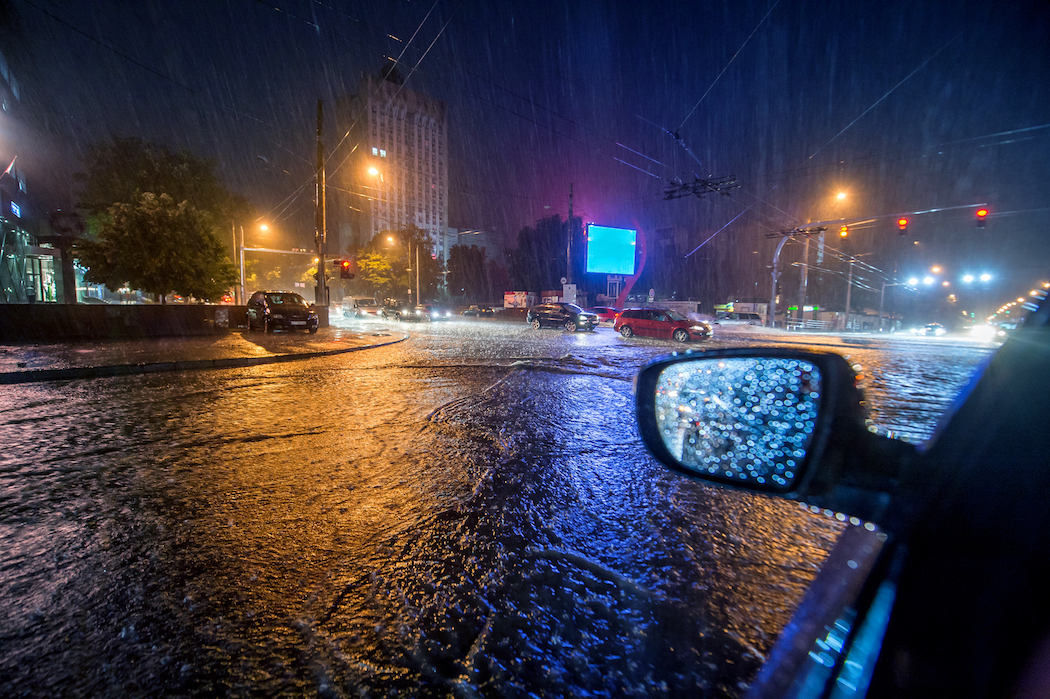
New tool predicts which cities are at risk as sea levels rise
A new forecasting tool will let scientists know which cities are at risk of flooding as glacial land ice melts. Developed by scientists at NASA’s Jet Propulsion Laboratory in California, the model also gives experts insight into which ice sheets are of the most concern.
The tool, which predicts how water will be “redistributed” as land ice melts, can inform cities of which particular ice sheets, ice caps, and glaciers will impact sea level rise in their region.
Dr. Eric Larour, who has worked in the Jet Propulsion Laboratory since 2005, is the project’s lead developer.
Dr. Larour told BBC News, “We can compute the exact sensitivity – for a specific town – of a sea level to every ice mass in the world. This gives you an idea, for your own city, of which glaciers, ice sheets and ice caps are of specific importance.”
Dr. Larour explained that the tool diagnoses the sea level rise by examining its three major contributors, the first of which is gravity.
Dr. Larour said that ice sheets “are huge masses that exert an attraction on the ocean. When the ice shrinks, that attraction diminishes- and the sea will move away from that mass.” In addition, land that has been compressed underneath the weight of the ice expands vertically.
The third major influence on the pattern of sea level change is the Earth’s rotation.
“You can think of the Earth as a spinning top,” said Dr Larour. “As it spins it wobbles and as masses on its surface change, that wobble also changes. That, in turn, redistributes water around the Earth.”
The researchers found that sea level rise caused by changes in the northern and eastern regions of the Greenland ice sheet will directly impact New York, while London may be significantly affected by the ice sheet’s northwestern region. Sea level pattern changes in Sidney will be heavily influenced by melting ice sheets along the northeast and northwest coastline of Antarctica, according to the study.
“As cities and countries attempt to build plans to mitigate flooding, they have to be thinking about 100 years in the future and they want to assess risk in the same way that insurance companies do,” said senior scientist Dr. Erik Ivins.
The findings of the study are published in Science Advances.
—
By Chrissy Sexton, Earth.com Staff Writer













